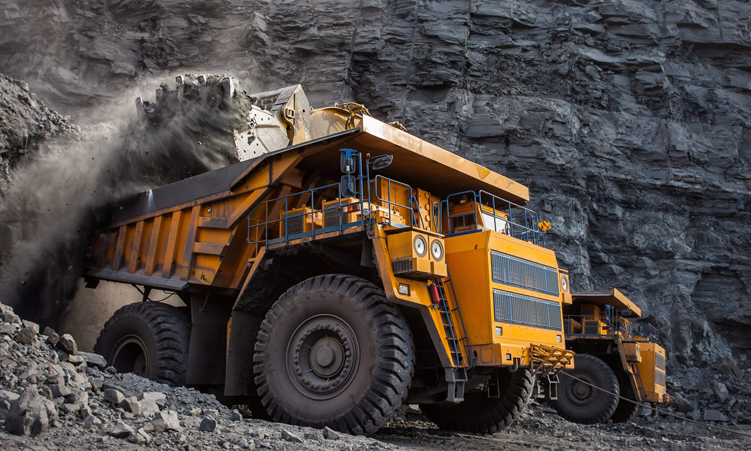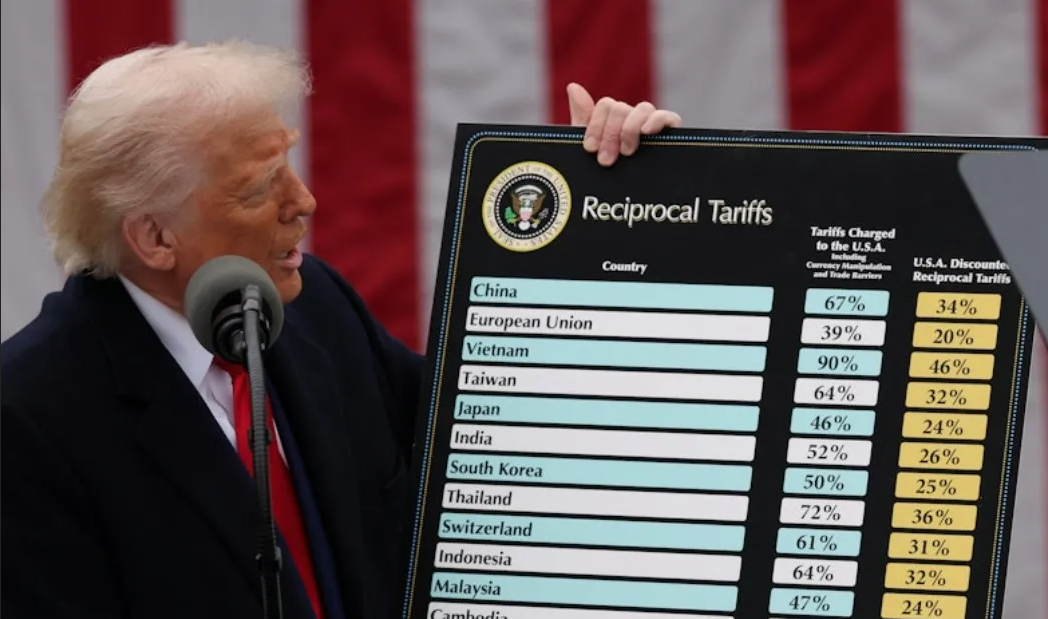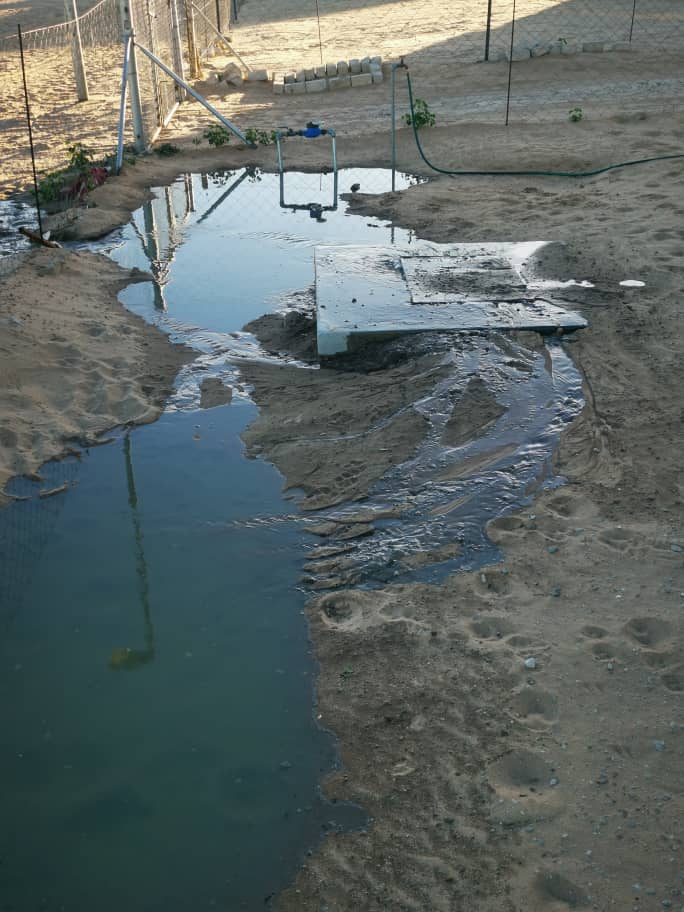B2Gold Corporation has budgeted US$7 million (about N$130 million) for an exploration programme at the Antelope deposit at Otjikoto Mine in Namibia, with a total of 44 000 metres of drilling exploration planned for 2025.
This is shared in a Preliminary Economic Assessment (PEA) report on the Antelope deposit, comprising the Springbok Zone, the Oryx Zone, and a possible third structure, Impala, subject to confirmatory drilling.
According to B2Gold chief executive Clive Johnson, the deposit is located about four kilometres southwest of the existing Otjikoto open pit.
The PEA report, effective from 15 January, noted that exploration will enhance the production profile at Otjikoto, with the Antelope deposit expected to give the underground gold mine an initial life of mine of five years.
“An average of 5.75 grams per tonne gold grade ore will be processed over the life of mine, giving approximately 327 000 ounces with an average gold recovery of 95%,” noted the report.
Underground gold production will be blended with existing Otjikoto low-grade stockpile feed to increase previously projected gold production by an average of 65 000 ounces per year over the estimated life of mine.
“In combination with the processing of existing low-grade stockpiles, average annual Otjikoto gold production is expected to be 110 000 ounces per year from 2029 to 2032,” said Johnson.
This will result in the life of mine after-tax free cash flow of US$185 million (N$3.5 billion) at US$2 400 (N$45 600) per ounce gold price revenue, he added.
The PEA said drilling at the Antelope deposit in 2025 will include 2 500m of selective infill drilling to better assess the short range continuity of high-grade mineralisation in the Springbok Zone.
Other objectives for 2025 include extending the footprint of the Antelope deposit south of the Springbok Zone and to the north, to establish links between the highly prospective Oryx Zone and high-grade mineralisation intersected in drill holes approximately one kilometre south of the Otjikoto Phase 5 open pit.
The PEA noted that three years of initial mine development includes portal excavation and construction, approximately 3.5km of primary decline development, and installation of ventilation and other services.
“The underground mining operation will move up to approximately 1 400 tonnes per day with development-based mining methods, which will be hauled to the existing processing plant at Otjikoto.”
The Antelope deposit remains open along strike in both directions, highlighting strong potential for future resource expansion.
The PEA’s assumptions include revenue using a gold price of US$2 400 per ounce over the life of mine and current prices for fuel, reagents, labour, power and other consumables.
B2Gold believes the Antelope deposit has the potential to become a small-scale, low-cost, underground gold mine that can supplement the low-grade stockpile production during the period of 2028 to 2032, and result in a meaningful production profile for Otjikoto into the next decade.
The company has approved an initial budget of up to US$10 million (N$190 million) for 2025 to de-risk the Antelope deposit development schedule by advancing early work planning, project permits and long lead orders.
In addition, as part of the US$7 million (N$130 million) exploration budget for 2025, drilling will continue to advance the Antelope deposit.
Stay informed with The Namibian – your source for credible journalism. Get in-depth reporting and opinions for
only N$85 a month. Invest in journalism, invest in democracy –
Subscribe Now!










